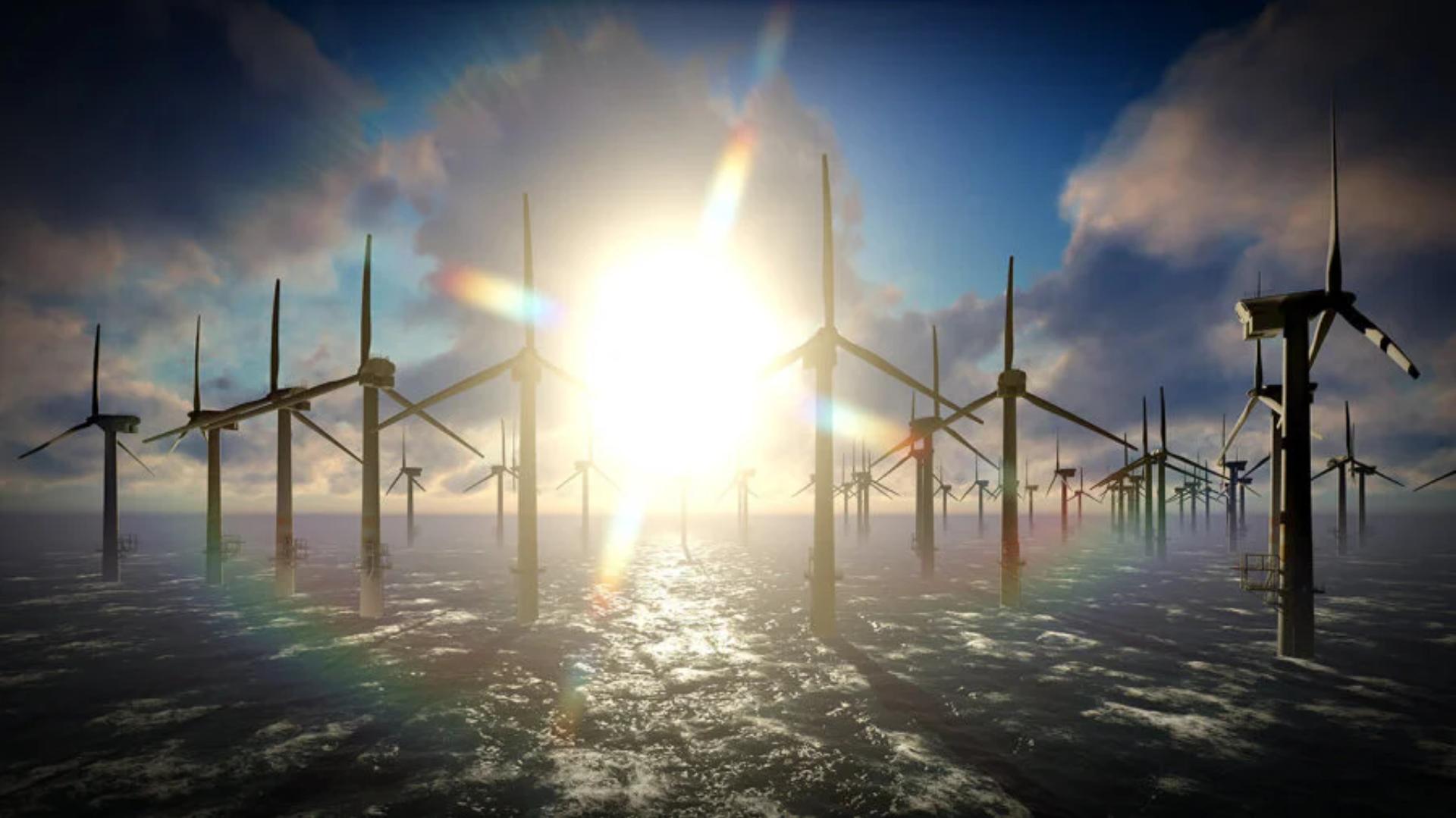Advantages and disadvantages of offshore wind

Offshore wind turbines produce more energy, require less maintenance and have a longer life expectancy than ever before. But offshore wind still has some major challenges that must be tackled for the future, especially when it comes to costs and recycling.
Advantages of offshore wind
Offshore wind farms have numerous advantages. Firstly, wind power is a clean and renewable energy source. Since offshore wind farms are located far out at the sea, where the winds are much stronger and consistent, they can harvest more energy than onshore wind farms, while having no impact on the landscape on shore. Offshore wind turbines are also larger than those on land, and larger turbines mean more power generated.
According to Equinor, as many as 2.4 billion people live within 100km of a coastline. In Europe alone, floating wind turbines could potentially power 12 million homes by 2030. In order for floating offshore wind to reach its full potential, technology innovation must continue and challenges relating to water depths must be solved to allow developers to take advantage of the most promising sites.
Offshore wind farms generate job opportunities worldwide. In the US, for example, the position of wind turbine service technician is the fastest-growing job of the decade. The offshore wind industry also offers other new careers, ranging from blade fabricator to asset manager, with the potential to support hundreds of thousands more jobs by 2050.
Meanwhile, although the construction phase of wind farms may cause temporary disturbances to the environment, many studies suggest that once operational, offshore wind farms actually create artificial reefs and ecosystems. These structures benefit marine life by providing habitats where fish, shellfish and other sea creatures can thrive and reproduce.
Disadvantages of offshore wind
One of the most pressing challenges that must be tackled is the high cost of offshore wind farms over their lifetime, from the planning phase through decommissioning. Another challenge is that offshore wind turbines do not generate energy at 100 per cent capacity and must be frequently shut down due to harsh weather.
Yet another issue to address is that although studies suggest that there may be benefits, the impact of offshore wind turbines on the marine environment, fish and bird life is not yet fully understood, and there appears to be some surface-level biodiversity loss.
Finally, when the decommissioning phase rolls around, much of a turbine’s materials can be easily recycled, including the steel, aluminium and copper. However, the composite blades, which contain non-decomposable fibreglass, are challenging to break down and recycle. As more and more wind turbines are installed, and with larger and larger blades, this may present a waste problem. As in the rest of the renewable energy industry, research and development is ongoing. Several companies are working on technologies for repurposing and recycling composite materials.
